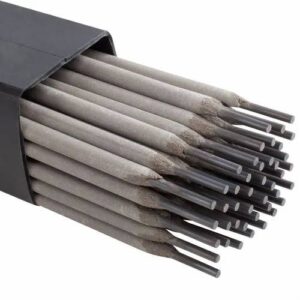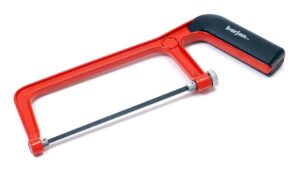Are you a skilled welder in Uganda with dreams of starting your own business? Embarking on the journey of entrepreneurship in the welding and metal fabrication industry can be incredibly rewarding, both personally and financially. In this blog post, we will explore the foundational steps you need to take to turn your passion for welding into a successful business venture in Uganda.
1. Conduct Market Research:
Before diving into starting your welding business, it’s essential to conduct thorough market research. Understand the demand for welding services in your area, identify your target market, and assess the competition. Explore the types of welding services in demand, such as construction, automotive, or custom fabrication, and tailor your business plan accordingly.
2. Develop a Business Plan:
A well-crafted business plan is the roadmap to success for any entrepreneurial venture. Outline your business goals, target market, pricing strategy, marketing plan, and financial projections in detail. Consider factors such as startup costs for equipment and materials, overhead expenses, and potential sources of funding or financing.
3. Obtain Necessary Licenses and Permits:
Ensure that you comply with all legal requirements for operating a welding business in Uganda. Obtain the necessary licenses and permits from local authorities, including business registration and any specialized certifications for welding operations. Adhering to regulatory requirements from the outset will prevent potential issues down the road.
4. Invest in Quality Equipment:
As a welder, your equipment is the lifeblood of your business. Invest in high-quality Welding machines, safety gear, and other essential tools required for your specific welding applications. Consider factors such as durability, efficiency, and versatility when choosing equipment that meets the needs of your business such as
Welding Machine (Power Source): The core equipment that provides the electrical current necessary for welding, available in various types such as stick welders, MIG welders, TIG welders, and plasma cutters
The core equipment that provides the electrical current necessary for welding, available in various types such as stick welders, MIG welders, TIG welders, and plasma cutters
Grinder:

Used for preparing metal surfaces, removing excess material, and smoothing welds after welding.
Welding Table: Provides a stable and flat surface for welding, clamping, and positioning workpieces during fabrication
Welding Clamps: Tools used to hold workpieces securely in place during welding, ensuring proper alignment and preventing movement or distortion.
Welding Electrodes:  Consumable rods or wires used to add material to the weld joint, available in different materials and classifications for various welding
Consumable rods or wires used to add material to the weld joint, available in different materials and classifications for various welding
Welding Pliers: Versatile tools for trimming welding wire, removing hot metal spatter, and adjusting welding equipment.
Welding Helmet: Protective headgear that shields the eyes, face, and neck from intense UV and IR radiation, often equipped with auto-darkening lenses.
Hacksaw blades:  Hacksaw blades are commonly used in metalworking projects for cutting metal pipes, rods, bolts, and other materials.
Hacksaw blades are commonly used in metalworking projects for cutting metal pipes, rods, bolts, and other materials.
5. Focus on Safety:
Safety should be a top priority in any welding business. Implement rigorous safety protocols and provide comprehensive training for yourself and any employees on proper welding techniques, handling of equipment, and adherence to safety standards. Ensuring a safe working environment not only protects you and your team but also instills confidence in your clients.
6. Build Your Brand: Establishing a strong brand presence is crucial for attracting customers and differentiating your welding business in the market. Develop a professional logo, website, and marketing materials that reflect the quality and reliability of your services. Utilize online platforms and social media channels to showcase your work, engage with potential clients, and build relationships within the community.
7. Provide Exceptional Customer Service: Delivering exceptional customer service is key to building long-term relationships and generating positive word-of-mouth referrals. Prioritize clear communication, reliability, and responsiveness in all your interactions with clients. Strive to exceed expectations with every project, earning trust and loyalty from satisfied customers.
8. Expand Your Skills and Network: Continuously expand your welding skills and knowledge through ongoing training and professional development opportunities. Stay informed about industry trends, new technologies, and best practices to remain competitive in the market. Network with fellow welders, suppliers, and potential clients to explore collaboration opportunities, and expand your business connections.
Conclusion: Starting a welding business in Uganda requires careful planning, dedication, and a commitment to excellence. By following these foundational steps and embracing the opportunities and challenges of entrepreneurship, you can build a thriving welding business that serves your community and fulfills your aspirations. With passion, perseverance, and a focus on quality, your welding business can reach new heights of success in Uganda’s vibrant marketplace.




